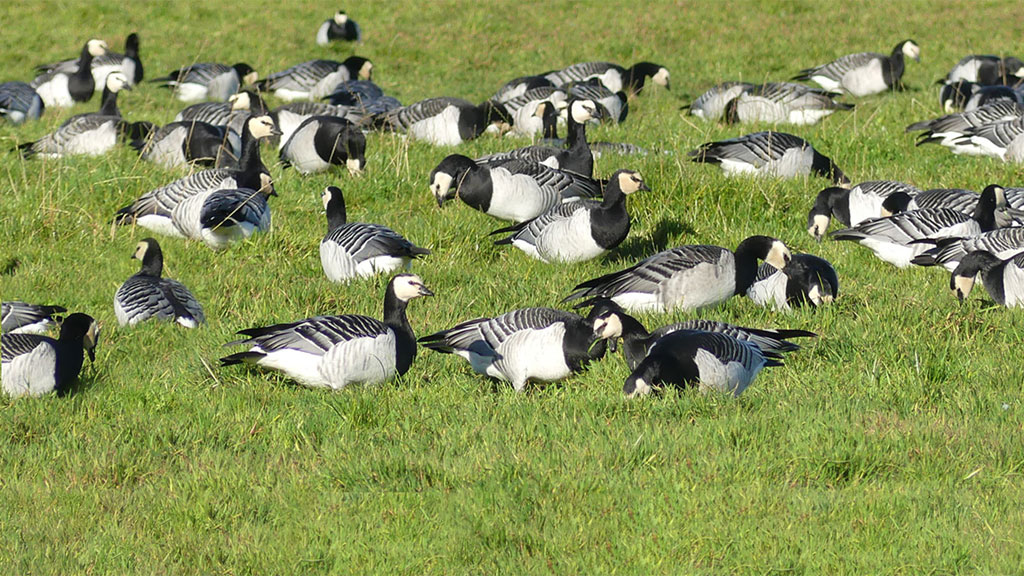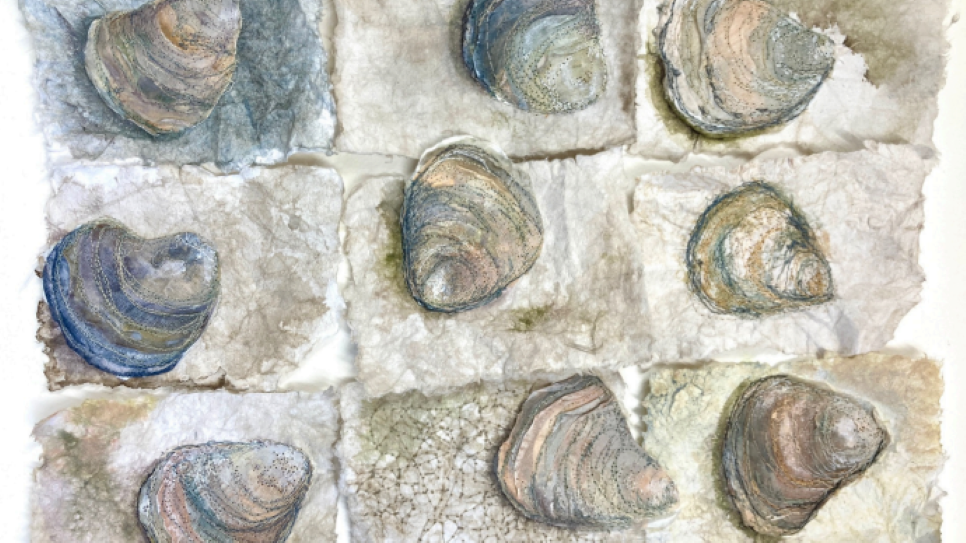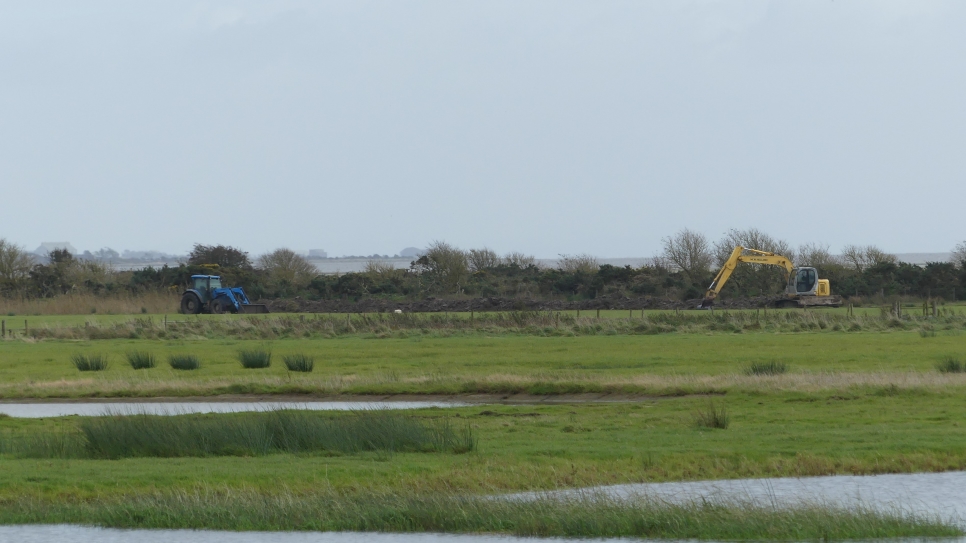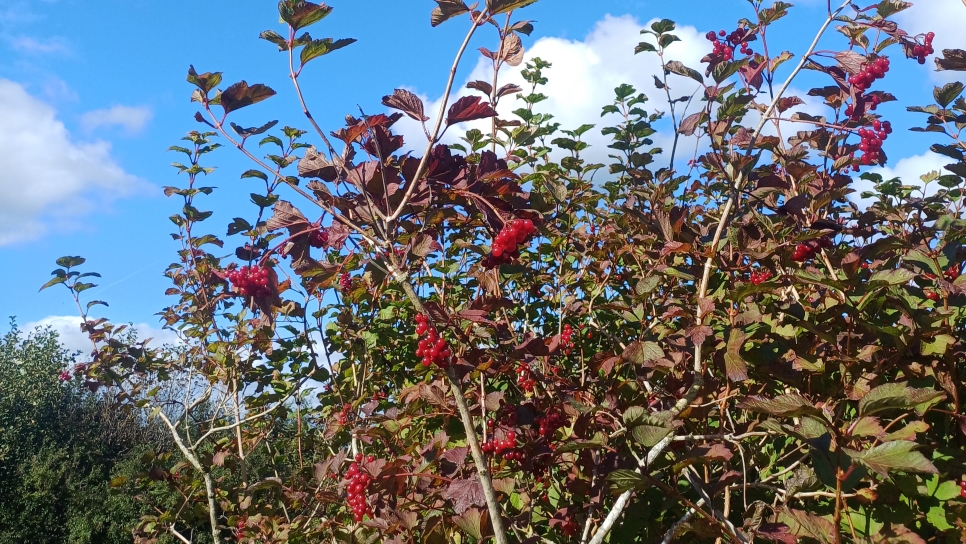Reserve Roundup
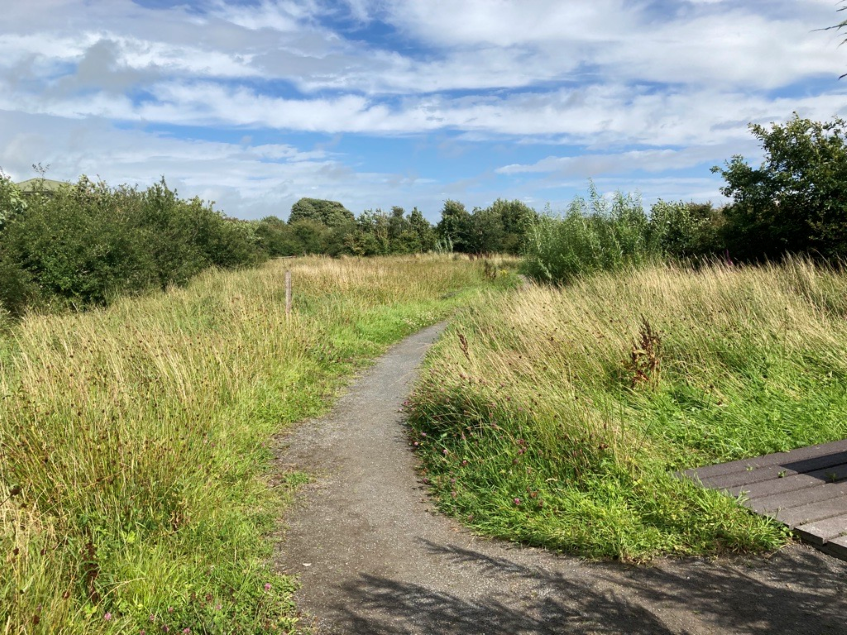
An exciting week where we got lots done and said goodbye to one of our placement students.
Tuesday saw the volunteers tackle the rush in the paddocks. Jake and Isaac had pre-cut the vegetation in the paddocks so that the volunteers could rake up all the plant material and nutrients from the potential wildflower meadow. The reason we carry out this work is to reduce the rush density in the paddocks and raking up reduces the nutrient levels left in the area. Reduced nutrient levels benefits wildflowers over rush and grasses. This is the fourth cut in the paddocks that has been focused on wildflower meadow creation and the difference is already visible. There are less rush tussocks, species such as yellow rattle, cuckoo flower, birds foot trefoil and red clover are becoming increasingly abundant, and grasses and buttercups are becoming more dominant. All signs that our habitat management work is being successful and hopefully the paddocks will continue to increase in biodiversity and bloom into a wonderful wildflower meadow.

Thursday was JC’s last day with us and the sun was shining for him. He and Jake undertook another round of the butterfly transects whilst Isaac, Charlie, Marianne and Joanna did a final seed collection out on the merse. Targeting mainly bird’s foot trefoil and tufted vetch. We have collected a huge amount wildflower seed this year and once it has all been processed we can begin to spread it around the site. Targeting areas that could do with an increase in biodiversity. The wildlife garden will be sowed with mixed dry seeds, the paddocks sowed with mixed wet seeds and yellow rattle, the new wild area in the Peter Scott Trail sowed with yellow rattle and mixed dry seeds, the orchard sowed with yellow rattle and mixed wet seed, and finally the lawns in the cottage garden will be sown with yellow rattle and mixed dry seed.
Words by Isaac Hoult
Pictures by Jake Goodwin
